Horticulture Highlight: Abies balsamea, balsam fir
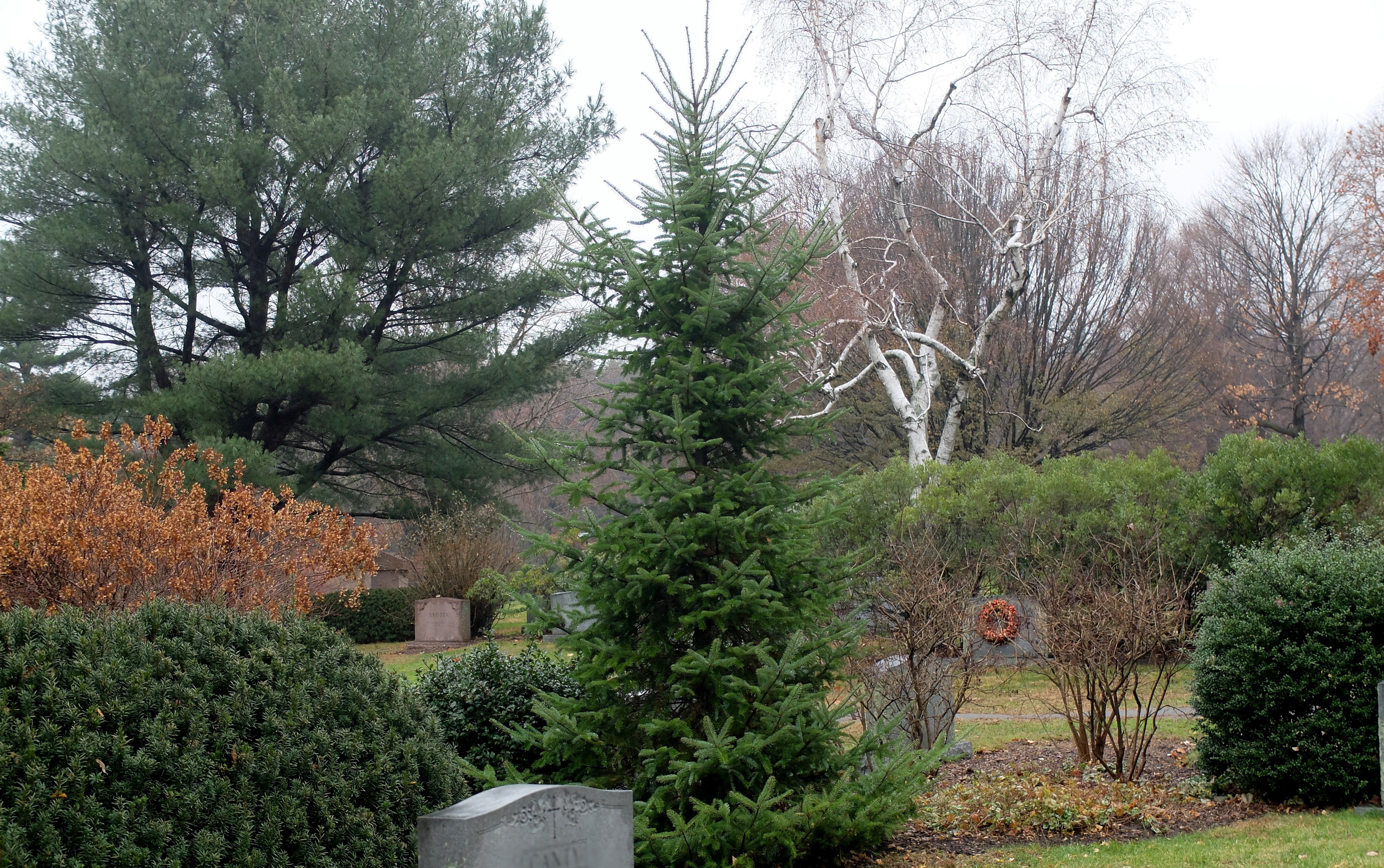
little tree
little silent Christmas tree
you are so little
you are more like a flower
who found you in the green forest
and were you very sorry to come away?
see I will comfort you because you smell so sweetly…
-e. e. cummings
Abies balsamea, balsam fir is familiar as the traditional, fragrant, Christmas tree among many people. The human nose can detect thousands of different odors – a whiff of the ocean, freshly cut grass, vanilla, coffee, lilacs, roses, – but many of us experience distinct emotions, reaching back to childhood memories of Christmas when smelling a balsam fir. To quote Helen Keller (1880-1968), “Smell is a potent wizard that transports us across thousands of miles and all the years we have lived.”
Native to North America, occurring frequently at higher elevations, from Labrador to northeastern British Columbia and south to northern Minnesota, Wisconsin, Michigan and throughout northern New England, this is a tree that grows well in cold climates. Its needles are flat, ½-to-1-inch-long, bluish-green above with a double-white stripe underneath. The needles are spirally arranged, but sometimes appear in flat rows on either side of the twig. Their fragrance is pungent sweet.
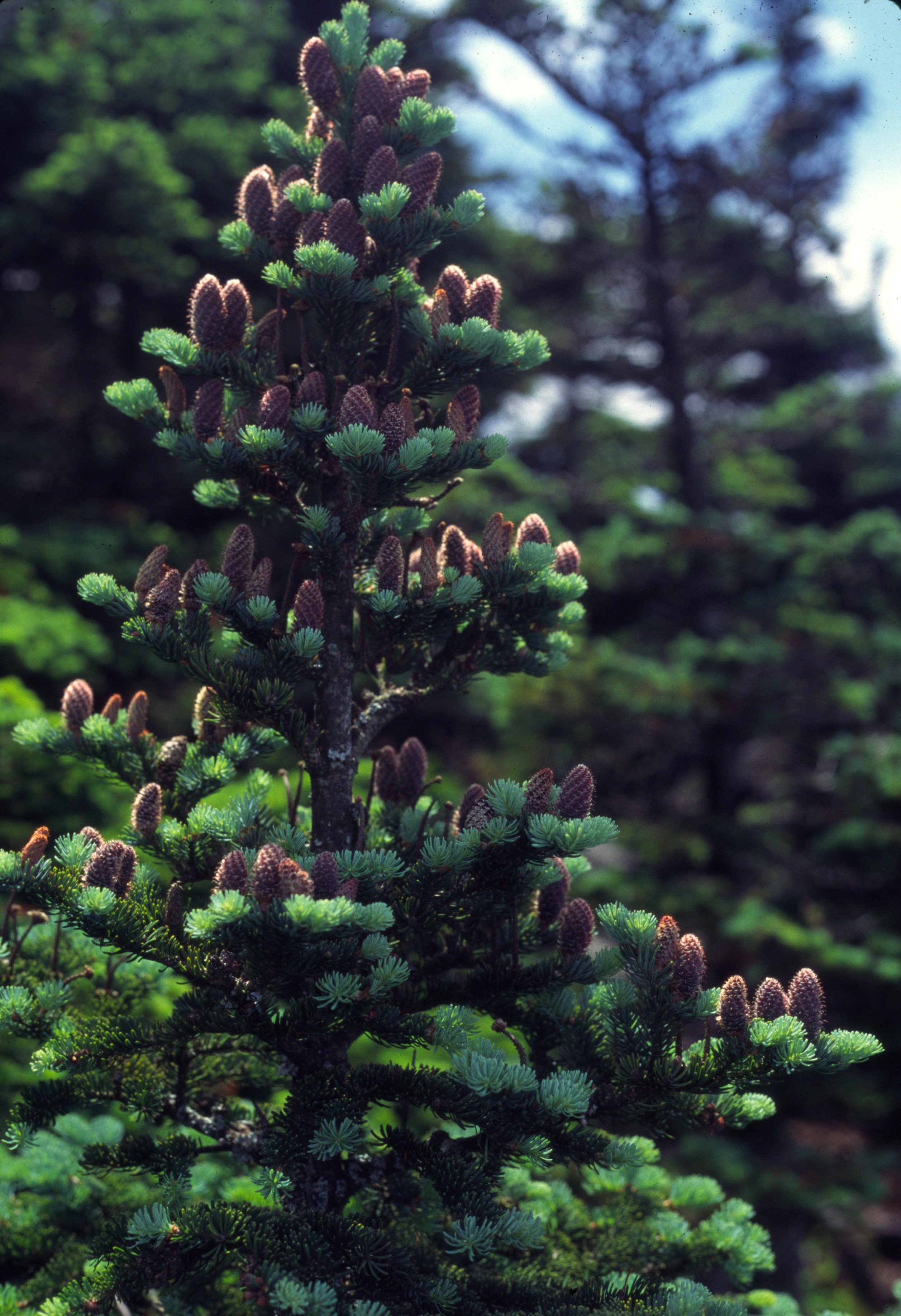 Balsam fir cones, two-to-four-inches-long, with purplish color, sit upright on top of branches (most other conifers have pendulous cones) until their seeds inside ripen. Then the cones disintegrate by dropping their scales. Seed production begins when trees reach about fifteen years of age, and then will produce cones heavily every two to four years.
Balsam fir cones, two-to-four-inches-long, with purplish color, sit upright on top of branches (most other conifers have pendulous cones) until their seeds inside ripen. Then the cones disintegrate by dropping their scales. Seed production begins when trees reach about fifteen years of age, and then will produce cones heavily every two to four years.
Balsam fir seed is the preferred food of boreal and black-capped chickadees, evening and pine grosbeaks, purple finch, red-crossbill, and spruce grouse. The seed is also eaten by gray jay, blue jay, ruffed grouse, white-breasted nuthatch, as well as squirrels and mice. The tree’s sap nourishes the yellow bellied sapsucker, and moose and deer browse on its needles. The tree is used for nesting by many bird species, for their first nest of the season, which is commonly built before deciduous trees produce leaves.
As for our use of these as Christmas trees, contrary to e. e. cummings’ allusion above, they are currently generally farm-grown, taking seven to nine years to reach the five to six-foot height which we purchase. During this season’s holidays, reacquaint yourself with the ineffable aromatherapy emitted from this sentimental favorite. On your next visit to Mount Auburn, look for our balsam fir on Privet Path.
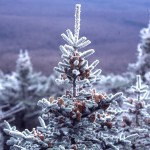
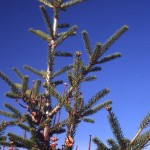
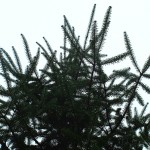
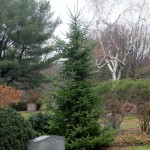
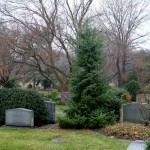
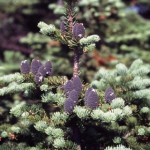
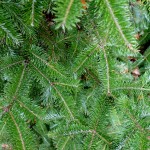
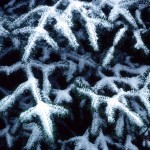
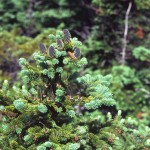
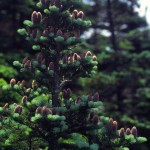
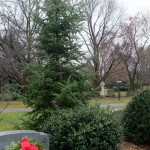
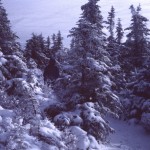
Leave a Reply